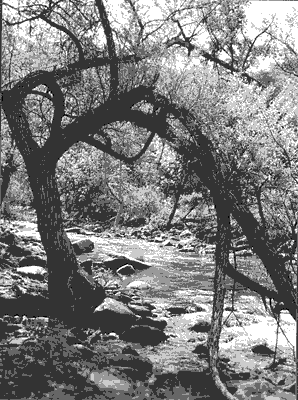All Nonfiction
- Bullying
- Books
- Academic
- Author Interviews
- Celebrity interviews
- College Articles
- College Essays
- Educator of the Year
- Heroes
- Interviews
- Memoir
- Personal Experience
- Sports
- Travel & Culture
All Opinions
- Bullying
- Current Events / Politics
- Discrimination
- Drugs / Alcohol / Smoking
- Entertainment / Celebrities
- Environment
- Love / Relationships
- Movies / Music / TV
- Pop Culture / Trends
- School / College
- Social Issues / Civics
- Spirituality / Religion
- Sports / Hobbies
All Hot Topics
- Bullying
- Community Service
- Environment
- Health
- Letters to the Editor
- Pride & Prejudice
- What Matters
- Back
Summer Guide
- Program Links
- Program Reviews
- Back
College Guide
- College Links
- College Reviews
- College Essays
- College Articles
- Back
Can We Stop the Destruction of the Ozone Layer? MAG
Every day massive amounts of garbage are thrown out, but much of itcould be recycled - especially paper, saving energy, forests, habitats and wildlife. Not everyone cares topay attention to these increasing problems, but recycling paper is simple: just discard it in recyclingcontainers found throughout schools, communities and businesses.
The process of recycling paperuses 50 percent less energy than making new paper. Recycling will reduce, not eliminate, the number oftrees cut down. When forests are destroyed, so are animals' habitats. Tree plantations that supply thepaper industry often replace wild areas.
Cutting down trees causes another problem. Trees helpclean, purify and filter the air, but as more and more are cut down, the amount of pollution increases.Car-bon dioxide is only one of many harmful pollutants let into the air every minute of every day. Withoutproper purification, these toxins break down the atmosphere, causing global warming and letting dangerousultraviolet rays (the number one cause of skin cancer) reach Earth.
Recycling not only savesenergy, forests and habitats, but also results in less garbage dumped in landfills, which prolongs theirusefulness.
When paper is recycled, it is sent to a mill where it is fed into a pulper. Water is addedto return the paper to pulp, which is passed through screens to remove solid objects (staples, paper clips,etc). Ink on the paper has to come out; one method involves washing the paper with chemicals, another is tobubble air through the pulp. After the ink is removed, the pulp is passed through heated rollers that squeezethe water out and dry the pulp into paper. The paper can be bleached, though that is not environmentallysafe, and thus not often done.
There are specific mills for different kinds of paper. Newspapers,cardboard and computer paper can be recycled fairly inexpensively. Better quality paper, such as computerpaper, is turned into tissues and writing paper. Putting the wrong materials in the wrong bin could slow therecycling process.
Recycling paper is a great way to get rid of trash, and save time, lives andhabitats. It also saves one of Earth's most important resources - trees. Thirty-three percent of the worldrecycles. An individual who recycles may feel it is a small deed, but if everyone recycled there would be anenormous result. For recycling to work, consumers must not only recycle, but also buy recycled products.Everyone should care about the environment; without it, life is not possible.

Similar Articles
JOIN THE DISCUSSION
This article has 1 comment.

0 articles 0 photos 12292 comments